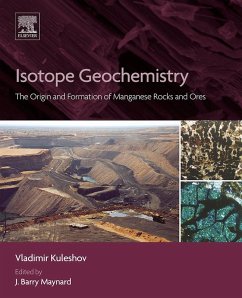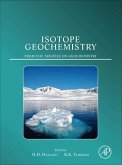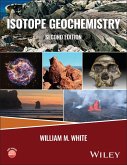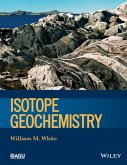Isotope Geochemistry: The Origin and Formation of Manganese Rocks and Ores is a comprehensive reference on global manganese deposits, including their origins and formations. Manganese is both a significant industrial chemical, critical for steel-making, and a strategic mineral, occurring in abundance only in certain countries. Furthermore, it is used effectively in CO2 sequestration, helping to mitigate greenhouse gas emission challenges around the world. For these reasons, exploration for manganese is very active, yet access to the primary academic literature can be a challenge, especially in field operations.
Isotope Geochemistry brings this material together in a single source, making it the ideal all-in-one reference that presents the supporting data, analytics, and interpretation from known manganese deposits. This book is an essential resource for researchers and scientists in multiple fields, including exploration and economic geologists, mineralogists, geochemists, and environmental scientists alike.
Isotope Geochemistry brings this material together in a single source, making it the ideal all-in-one reference that presents the supporting data, analytics, and interpretation from known manganese deposits. This book is an essential resource for researchers and scientists in multiple fields, including exploration and economic geologists, mineralogists, geochemists, and environmental scientists alike.
- Features coverage of the formation, origins, and deposits of manganese rocks and ores globally, arming geoscientists with a thorough reference on the subject
- Includes 170 figures and illustrations that visually capture key concepts
- Includes elusive data with supporting analysis and interpretation of deposits in Russia, one of the most robust geographic locations in the world for manganese rock and ore research
Dieser Download kann aus rechtlichen Gründen nur mit Rechnungsadresse in A, B, BG, CY, CZ, D, DK, EW, E, FIN, F, GR, HR, H, IRL, I, LT, L, LR, M, NL, PL, P, R, S, SLO, SK ausgeliefert werden.









